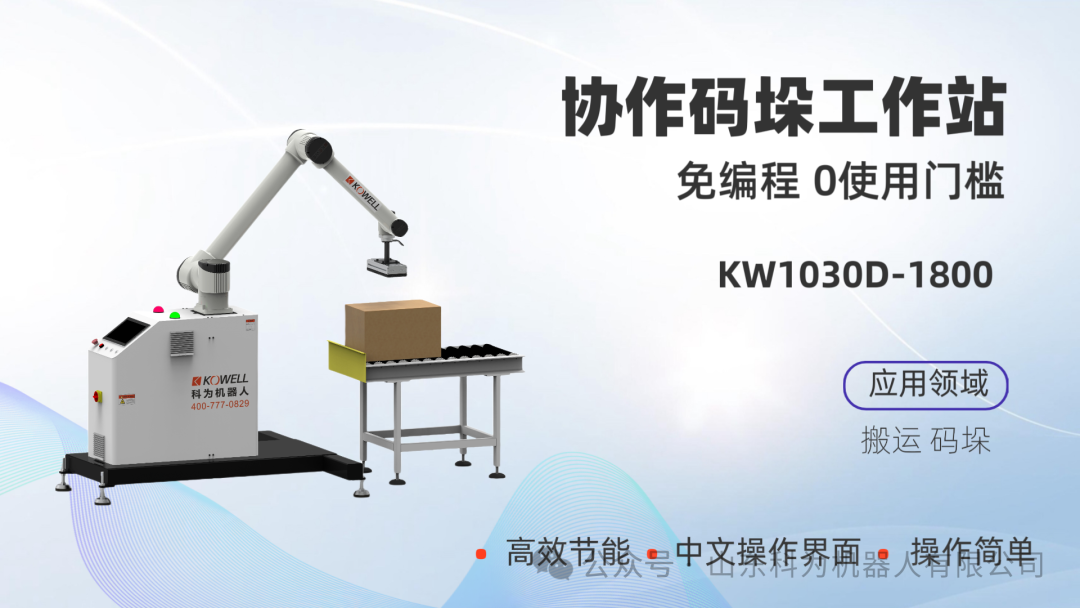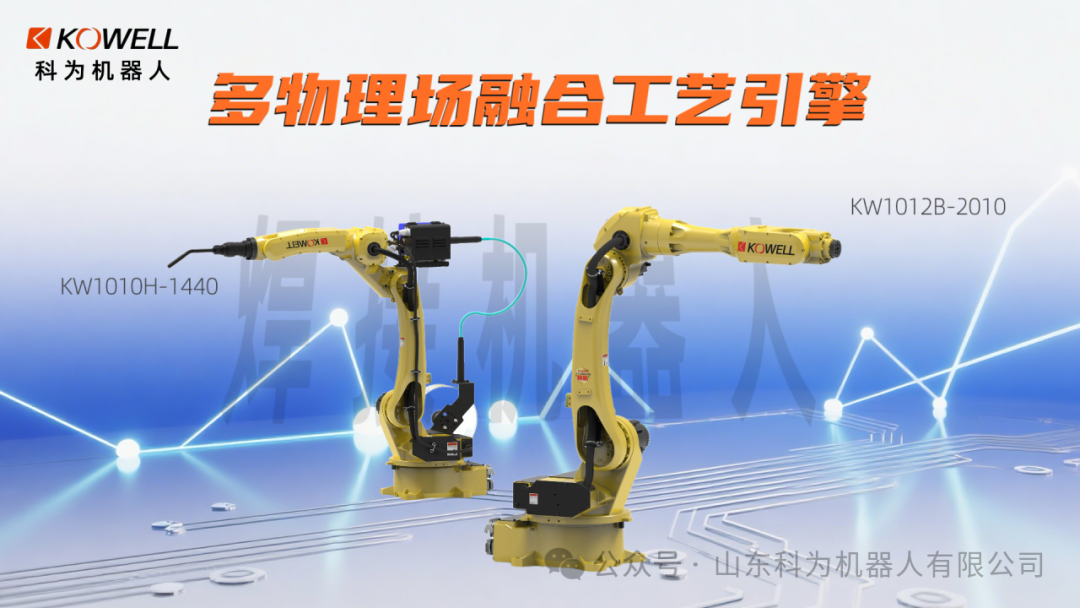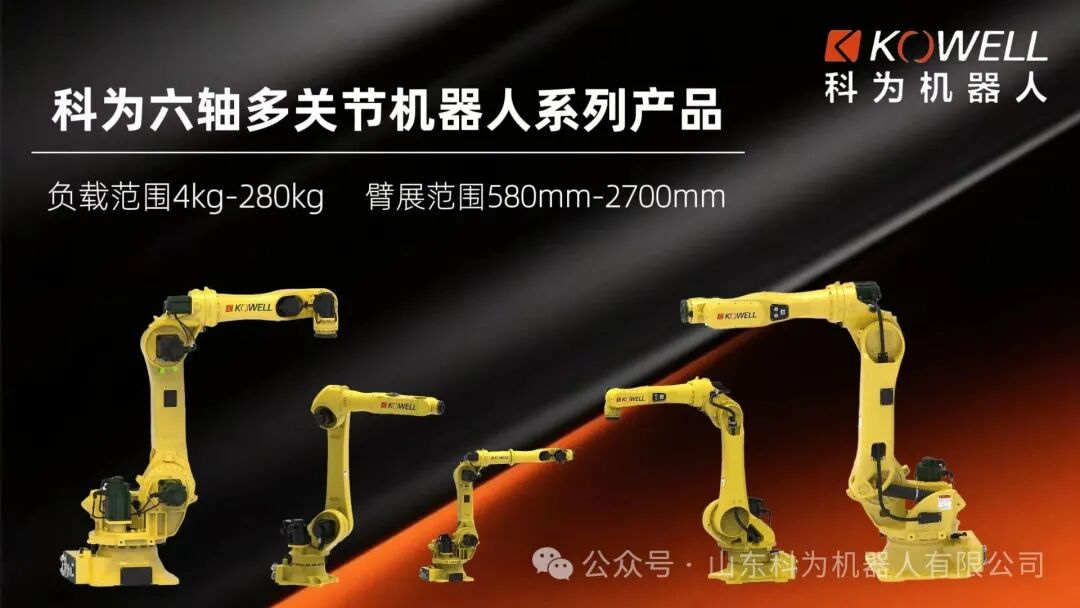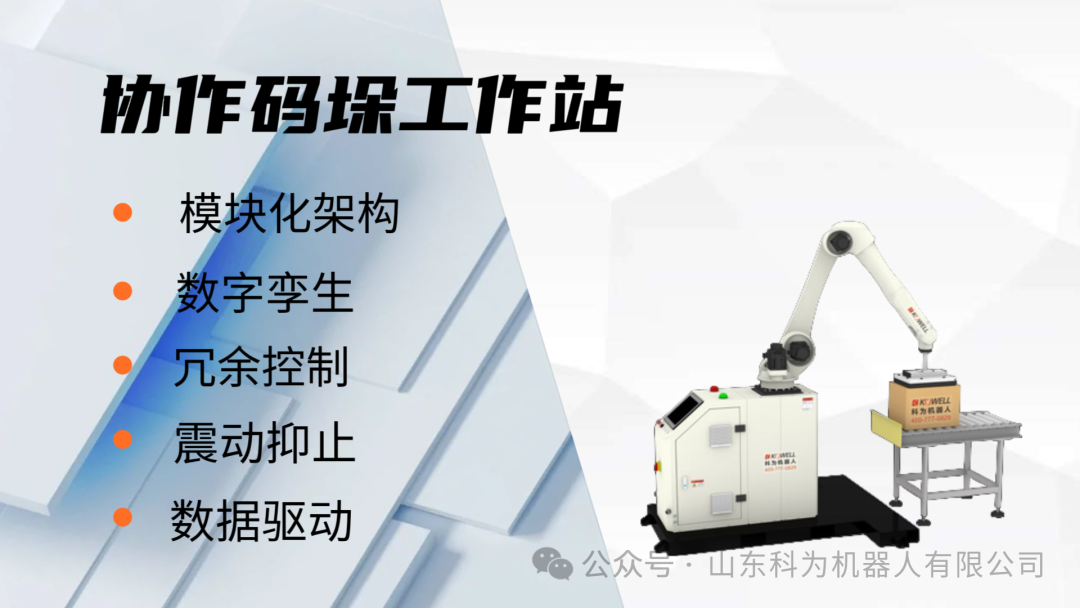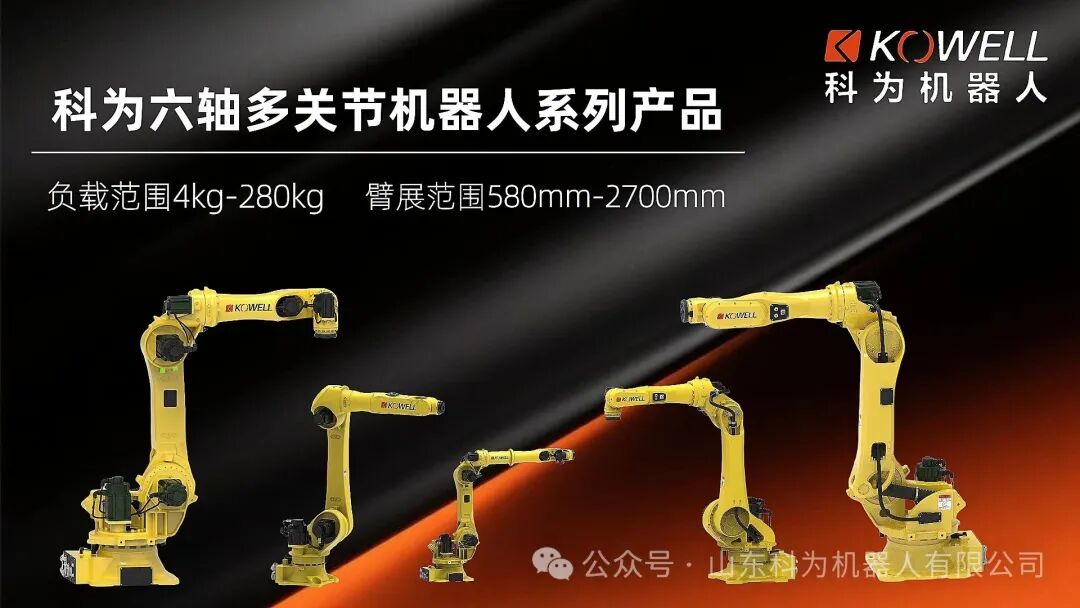In traditional food manufacturing workshops, palletizing is usually regarded as the "last step" of the process - stacking the finished products neatly and waiting for delivery or loading. Although this link is at the end, it bears high-intensity and repetitive physical operations, so early automation transformation often starts from here. However, with the gradual penetration of the concept of intelligent manufacturing, the "palletizing action" that was once operated in isolation is being redefined as a collaborative node at the core of the process, and the key to supporting this transformation is the embedding and expansion of the intelligent palletizing unit.
No longer just a "stacking tool", today's palletizing unit is being designed as a key interface connecting food processing, packaging processes and delivery links, and participates in the overall rhythm management of the workshop with high flexibility and coordination capabilities. This is not only the result of hardware upgrades, but also reflects the deep transformation demands of food processing companies for the logic of production organization.
1. From passive reception to rhythmic coordination: intelligent palletizing units connect to the main line of food production
In many food processing workshops, the rhythm of finished products going online from the main line is not stable. Especially when the production line involves multiple SKU switching, flexible batch adjustment or "short cycle and high frequency" production mode in the cold chain environment, if the palletizing unit still performs tasks with a static program, there will be problems such as efficiency bottlenecks, material accumulation, wrong code and missing code.
At present, first-line enterprises generally choose to open an interface with the food production main control system to enable the intelligent palletizing unit to have the ability to "sense the production line": for example, when a product batch is about to end, the system sends an SKU switching signal in advance, and the palletizing program dynamically adjusts the corresponding pallet type, number of layers, label orientation and other parameters to achieve seamless connection. In some frozen fast food factories, the palletizing unit can even dynamically adjust the operation sequence according to the warehousing priority to maximize the efficiency of the cold chain.
This linkage mechanism indicates that the palletizing unit is no longer the end point of the process, but a scheduling participant that responds to the rhythm of the production line in real time.
2. From one-way connection to two-way collaboration: the synchronous evolution of intelligent palletizing units and packaging links
In the traditional layout, the relationship between the packaging line and the palletizing equipment is often one-way transmission: the packaging is completed and then transferred to the stacking, without interaction or judgment. Modern food workshops require increasingly higher packaging integrity, recognition accuracy and rhythm matching capabilities, which also promotes the transformation of palletizing units into "process collaboration equipment".
Nowadays, many intelligent palletizing units have reserved interface channels with packaging processes such as sealing, labeling, weighing, and code scanning when deployed. For example, when the packaging line has box damage, abnormal weight, missing labels, etc., the palletizing unit will promptly remove abnormal parts through visual recognition or code scanning verification to avoid stacking errors; for example, in the scenario of parallel feeding of multiple packaging lines, the system automatically allocates the operation path according to the real-time status of the conveyor belt to achieve synchronous palletizing and dynamic load balancing.
It is worth noting that this kind of collaboration is not limited to coordination in action, but also rises to the level of information sharing and logical linkage. The palletizing unit begins to share key information such as barcodes, task batches, and product attributes with the packaging control system, laying the foundation for subsequent warehousing and traceability.
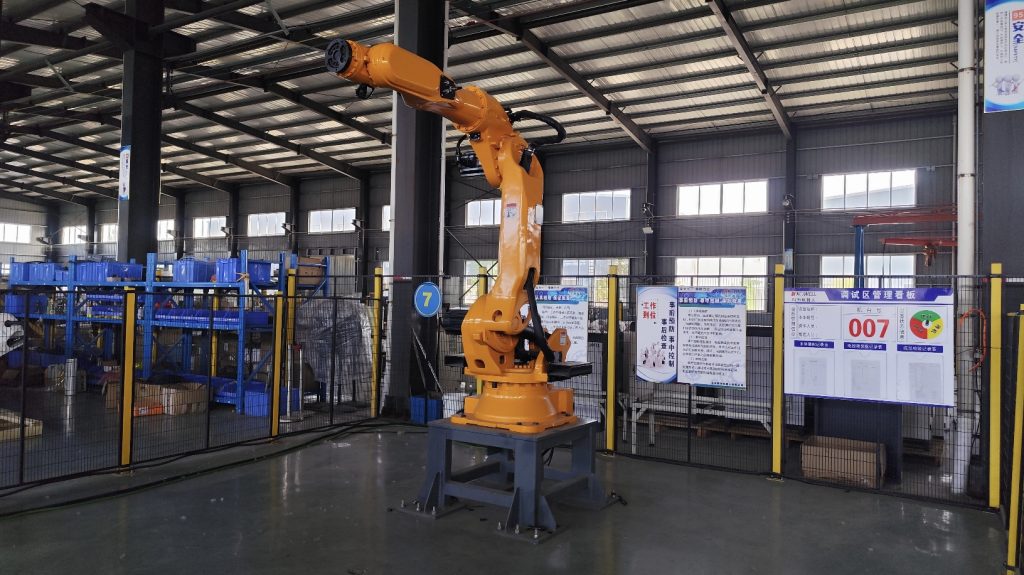
3. From static stacking to dynamic docking: palletizing units connect the logic of outbound delivery and transportation
If the past palletizing behavior was "stop after palletizing", then the requirement of modern food factories is "go after palletizing". In the context of fast turnover and frequent order switching, the rhythm alignment between palletizing and outbound delivery has become the final piece of the puzzle that determines the overall efficiency.
In some intensively laid out food logistics centers, the palletizing unit even assumes the role of "task classifier": stacking orders from different customers and different SKUs in different areas, and controlling the diversion direction through the automatic pallet identification system. This means that the palletizing link has begun to be embedded in the strategic logic of outbound scheduling, and assumes the dual tasks of process flow and rhythm control.
4. The essence behind the linkage of the palletizing unit: hierarchical reconstruction of manufacturing logic
Looking closely at the role changes of the palletizing unit in the food processing workshop, it is not difficult to find that its value has long jumped out of the scope of "single equipment" and has become a catalyst for the workshop-level linkage mechanism. Behind this change is a true reflection of the transformation of the entire food industry from "manpower replacement" to "process integration".
For enterprises, palletizing is no longer a "last link", but a collaborative interface that connects information, rhythm and logistics.
For technicians, the work that originally only focused on gripper parameters and pallet layout now requires mastering deeper content such as system docking, data strategy, and flexible logic.
For the industry, the intelligence of the palletizing link is gradually pushing food processing towards a truly integrated smart factory.
Conclusion: The intelligent palletizing unit is an accelerator for the coordination of food workshops
On the path of manufacturing intelligence, the food processing industry is not early, but it is making rapid breakthroughs with the help of the "point-to-surface" approach. The palletizing unit is that point.
It connects the ups and downs of the production line rhythm, undertakes the changes in packaging actions, and intersects the flow of logistics rhythm. It gradually moves from the edge to the core in the entire workshop, becoming an accelerator for achieving "equipment linkage, data collaboration, and consistent rhythm".
In the future, it may no longer be just a hardware unit, but an irreplaceable process design node in the workshop, and even an assistant to manufacturing process decision-making.

Kewei Wishes You a Merry Christmas!
2025-12-25
Online Consultation
Hello, the current customer service is offline. You can leave your contact information and the staff will respond to you as soon as possible!


